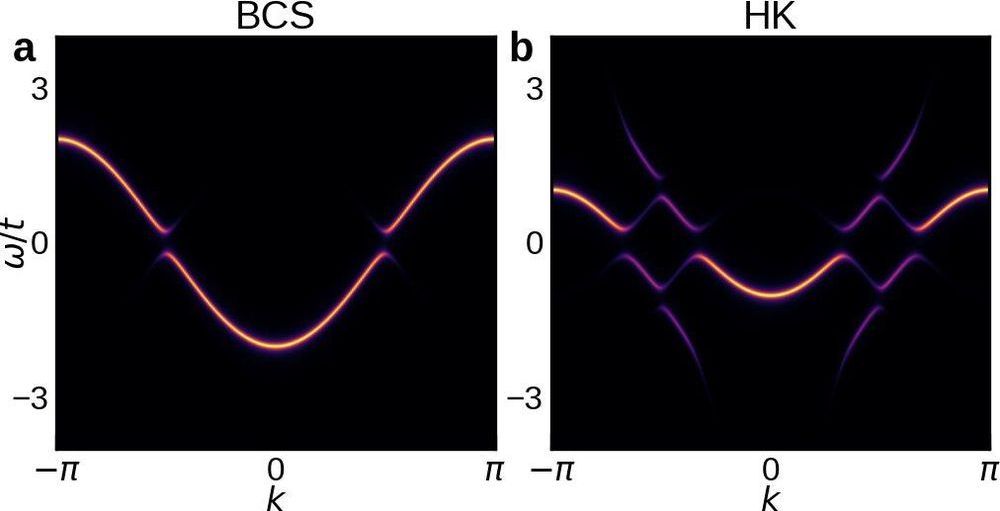Forty-five years after superconductivity was first discovered in metals, the physics giving rise to it was finally explained in 1957 at the University of Illinois at Urbana-Champaign, in the Bardeen-Cooper-Schrieffer (BCS) theory of superconductivity.
Thirty years after that benchmark achievement, a new mystery confronted condensed matter physicists: the discovery in 1987 of copper-oxide or high-temperature superconductors. Now commonly known as the cuprates, this new class of materials demonstrated physics that fell squarely outside of BCS theory. The cuprates are insulators at room temperature, but transition to a superconducting phase at a much higher critical temperature than traditional BCS superconductors. (The cuprates’ critical temperature can be as high as 170 Kelvin—that’s −153.67°F—as opposed to the much lower critical temperature of 4 Kelvin—or −452.47°F—for mercury, a BCS superconductor.)
The discovery of high-temperature superconductors, now more than 30 years ago, seemed to promise that a host of new technologies were on the horizon. After all, the cuprates’ superconducting phase can be reached using liquid nitrogen as a coolant, instead of the far costlier and rare liquid helium required to cool BCS superconductors. But until the unusual and unexpected superconducting behavior of these insulators can be theoretically explained, that promise remains largely unfulfilled.
